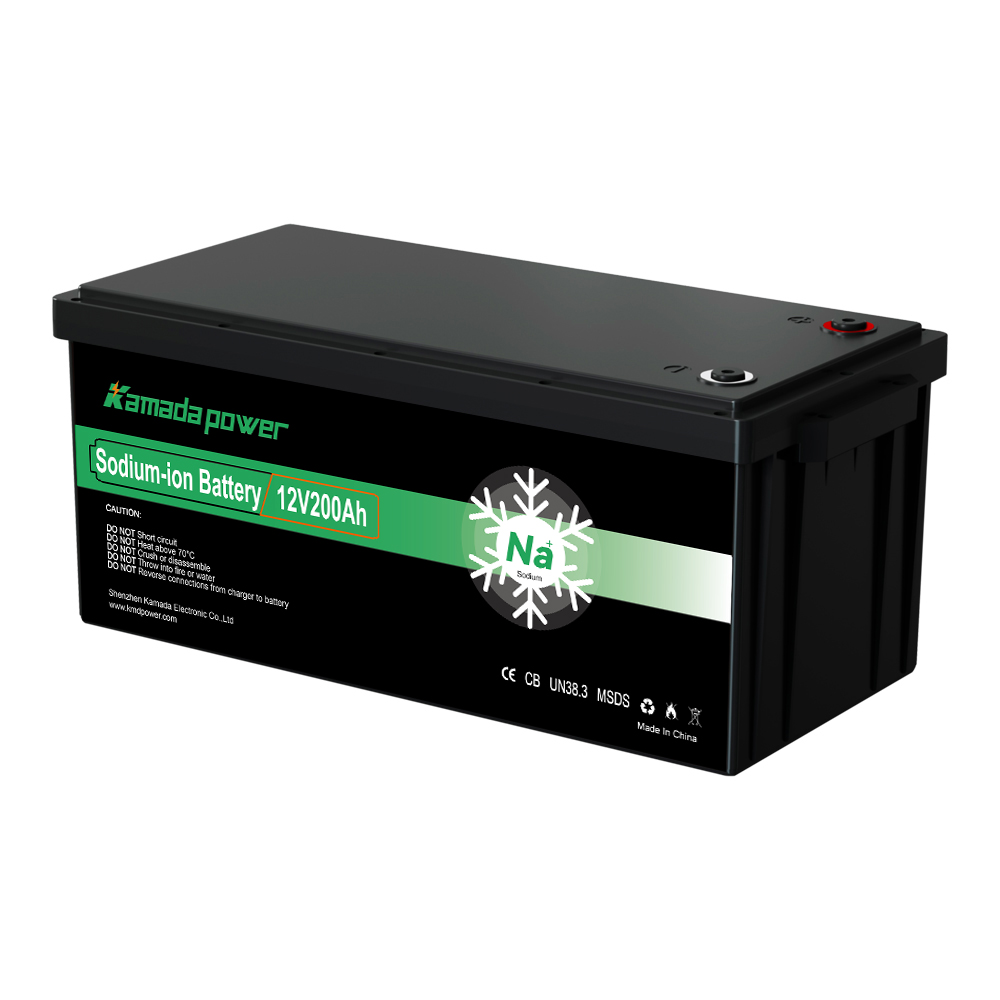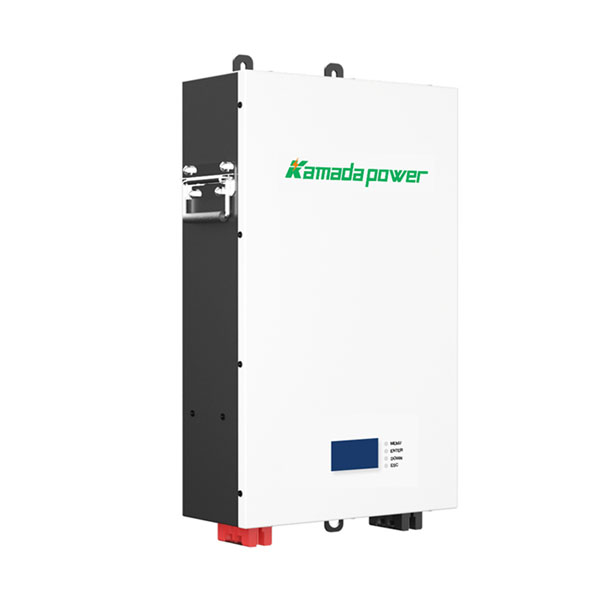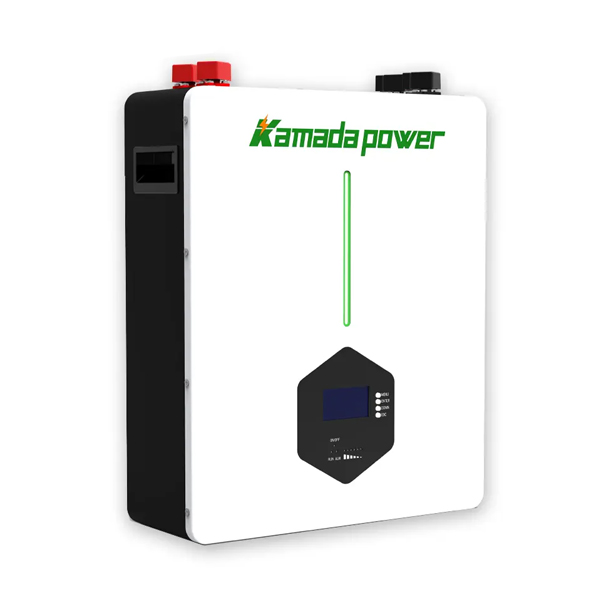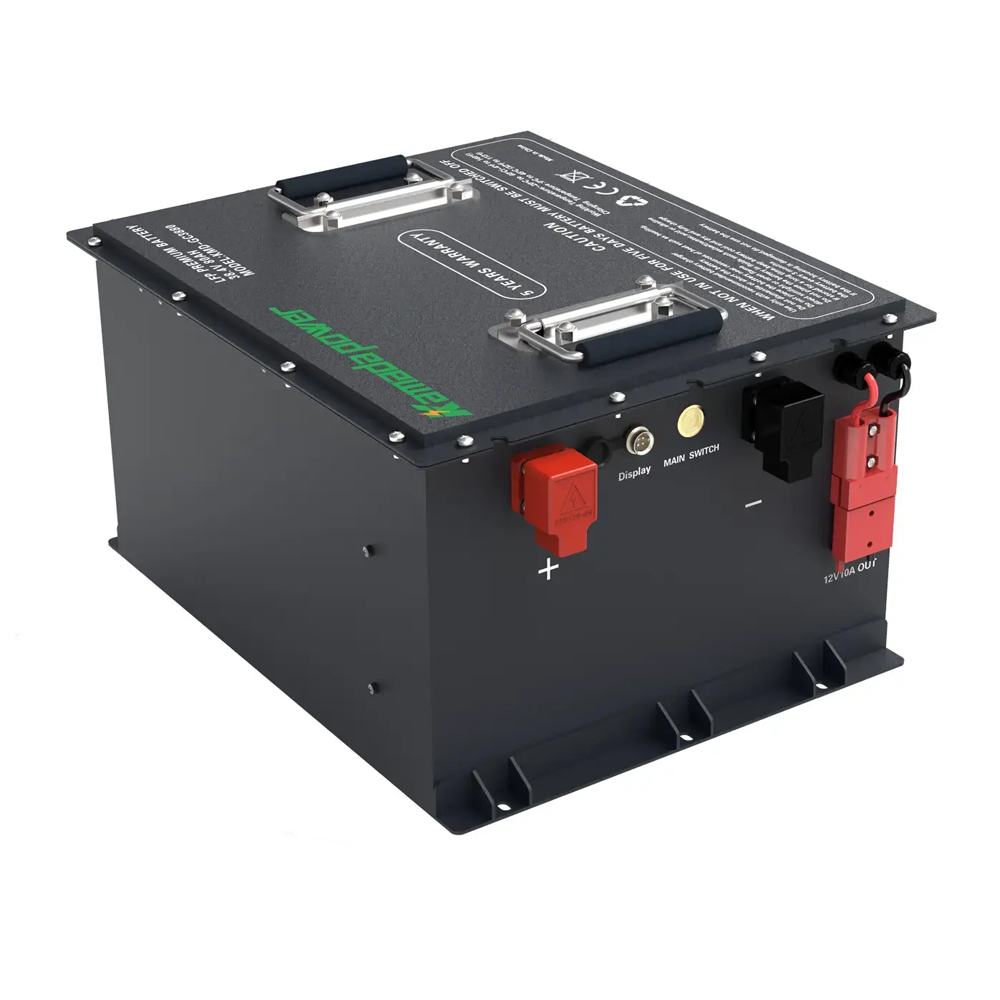Uvod
Kot lastnik ali upravitelj igrišča za golf želite, da je vaša flota vozičkov za golf pripravljena, kadar koli jih potrebujete. Toda kaj se zgodi, če vozički nekaj časa stojijo neuporabljeni? Ali se lahko baterije vaših vozičkov za golf pokvarijo, če so predolgo v mirovanju? Kratek odgovor je pritrdilen - baterije golfskih vozičkov se lahko poslabšajo, če jih ne uporabljate. Vendar pa lahko s pravilno nego zagotovite, da bodo zdržale veliko dlje.
razložili bomo, kako neaktivnost vpliva na baterije za golf vozičke, koliko časa lahko zdržijo, če jih ne uporabljate, in preproste ukrepe, s katerimi jih lahko ohranite v dobrem stanju.
Kako nedejavnost vpliva na baterije golfskih vozičkov
Kadar vozički za golf mirujejo, ne glede na to, ali gre za čas izven sezone ali le nekaj tednov, je glavno vprašanje, kako to vpliva na akumulator. Tako svinčeve kot litij-ionske baterije, ki se pogosto uporabljajo v vozičkih za golf, se različno odzivajo na nedejavnost. Poglejmo si jih podrobneje.
Kaj se zgodi s svinčevo-kislinskimi in litij-ionskimi baterijami, če jih ne uporabljate?
Kislinske baterije
V vozičkih za golf se pogosto uporabljajo svinčevi akumulatorji, saj so cenovno dostopni. Vendar se lahko poškodujejo zaradi nedejavnosti, zlasti zaradi procesa, imenovanega sulfatizacija. Do sulfatizacije pride, ko se na ploščah akumulatorja naberejo kristali svinčevega sulfata, kar zmanjša sposobnost akumulatorja, da zadrži polnjenje. To lahko sčasoma povzroči trajne poškodbe.
| Izdaja | Vzrok | Učinek | Rešitev |
|---|---|---|---|
| Sulfatizacija | Pomanjkanje polnjenja v daljšem časovnem obdobju | Kristali svinčevega sulfata prevlečejo plošče baterije in zmanjšajo zmogljivost | Redno polnite in pravilno shranjujte, da bi to preprečili. |
| Izguba napetosti | Dolgotrajna nedejavnost | Izguba nakopičenega naboja, kar povzroči nižjo napetost. | Redno polnjenje za ohranjanje zdravja baterije |
Litij-ionske baterije
Litij-ionske baterije so sodobnejše in imajo daljšo življenjsko dobo kot svinčeve baterije. Ne trpijo zaradi sulfatizacije, vendar še vedno doživljajo naravni proces, imenovan "samopraznjenje". To pomeni, da sčasoma izgubijo polnjenje, tudi če jih ne uporabljate. Če jih predolgo ne polnite, lahko izgubijo toliko naboja, da to vpliva na njihovo pravilno delovanje.
| Izdaja | Vzrok | Učinek | Rešitev |
|---|---|---|---|
| Samopraznjenje | Naravni izpust skozi čas | Izguba napolnjenosti, ki vodi do zmanjšane zmogljivosti. | Polnite vsake 2-3 mesece, da ohranite učinkovitost |
| Izklop baterije | Podaljšana neaktivnost | Lahko se sproži mehanizem za zaščito baterije, zaradi česar se baterija izklopi. | Baterijo shranjujte pri napolnjenosti 40%-60%, da preprečite izklop |
Kako dolgo lahko baterije ne uporabljate, preden se začnejo kvariti?
Mnogi lastniki vozičkov za golf se sprašujejo: "Kako dolgo lahko moje baterije ostanejo neuporabljene, preden se začnejo kvariti?" Odgovor je odvisen od vrste baterije, vendar je tu splošna časovnica za svinčeve in litij-ionske baterije.
| Vrsta baterije | 1-2 tedna | 1-3 mesece | 6 mesecev |
|---|---|---|---|
| Svinčevo-kislinski | Majhen padec napetosti | Če se ne polni redno, se lahko začne sulfatiranje. | Velika nevarnost poškodb zaradi sulfatizacije |
| Litij-ionski | Izguba polnjenja, brez večjih poškodb | Pojavi se samopraznjenje, ki lahko vpliva na zmogljivost | Zmanjša se zmogljivost; lahko se izklopi, če je napetost prenizka |
Kako nedejavnost vpliva na svinčevo-kislinske baterije za golf vozičke
Svinčeni akumulatorji so cenovno dostopni in se pogosto uporabljajo v vozičkih za golf, vendar so zelo občutljivi na nedejavnost.
Tveganje sulfatizacije in izgube napetosti
Sulfatacija je glavna težava svinčevo-kislinskih akumulatorjev, kadar se ne uporabljajo. Do sulfatizacije pride, ko se na ploščah baterije tvorijo kristali svinčevega sulfata, kar zmanjša sposobnost baterije, da zadrži polnjenje. Če se to ne preverja, lahko sčasoma pride do popolne okvare baterije.
| Problem | Opis | Rešitev |
|---|---|---|
| Sulfatizacija | Na ploščah baterije se kopičijo kristali svinčevega sulfata, kar zmanjšuje učinkovitost polnjenja. | Baterijo napolnite vsake 3-4 tedne in jo pravilno shranite. |
| Izguba napetosti | Akumulator izgubi shranjeni naboj in zmožnost zagotavljanja ustrezne napetosti. | Baterijo hranite popolnoma napolnjeno in jo občasno napolnite. |
Kako preprečiti sulfatizacijo in ohraniti zdravo baterijo
Tukaj je nekaj preprostih nasvetov za preprečevanje sulfatizacije in podaljšanje življenjske dobe svinčenih akumulatorjev:
| Akcija | Podrobnosti |
|---|---|
| Periodično polnjenje | Tudi če vozička za golf ne uporabljate, baterijo napolnite vsake 3 do 4 tedne. |
| Shranjujte v hladnem in suhem prostoru | Ekstremne temperature lahko pospešijo sulfatizacijo. Idealna temperatura je od 50°F do 80°F. |
| Uporaba polnilnika za vzdrževanje | Vzdrževalni polnilnik bo poskrbel za varno raven napolnjenosti baterije. |
Kako nedejavnost vpliva na litij-ionske baterije za golf vozičke
Litij-ionske baterije so odpornejše od svinčevih, vendar se lahko še vedno soočajo s težavami, če jih dalj časa ne uporabljate.
Tveganja zaradi samopraznjenja in nizke napetosti
Čeprav litij-ionske baterije ne trpijo zaradi sulfatizacije, sčasoma še vedno izgubijo polnjenje. To se imenuje samopraznjenje. Če se to ne preverja, se lahko zmanjša njihova zmogljivost in povzroči, da se za zaščito baterije izklopijo.
| Problem | Vzrok | Rešitev |
|---|---|---|
| Samopraznjenje | Naravni izpust skozi čas | Baterijo napolnite vsake 2-3 mesece, da ohranite njeno zdravje. |
| Izklop baterije | Dolgotrajna neaktivnost vodi do nizke napetosti | Shranjujte pri 40%-60% polnjenju, da preprečite izklop baterije. |
Kako ohraniti litij-ionske baterije zdrave
Tukaj je nekaj nasvetov za vzdrževanje litij-ionskih baterij med obdobji nedejavnosti:
| Akcija | Podrobnosti |
|---|---|
| Polnjenje do zmogljivosti 40-60% | Shranjujte pri približno 40%-60% polnjenju, da se izognete globokemu praznjenju ali prevelikemu polnjenju. |
| Shranjujte na hladnem mestu | Litij-ionske baterije, tako kot svinčene baterije, hranite na hladnem in suhem mestu. |
| Uporabite litij-ionski polnilnik | Uporabite polnilnik, namenjen litij-ionskim baterijam, da se izognete nezadostnemu polnjenju. |
Najboljše prakse za shranjevanje akumulatorjev golfskih vozičkov med nedejavnostjo
Pravilno skladiščenje je ključ do ohranjanja zdravja baterij vozička za golf, ko jih ne uporabljate.
Kateri so najboljši pogoji shranjevanja?
| Dejavnik | Optimalni pogoj |
|---|---|
| Temperatura | Baterije shranjujte na mestu, kjer je temperatura med 50°F in 80°F. |
| Vlaga | Skladiščni prostor naj bo suh, da preprečite korozijo. |
Stopnje polnjenja za shranjevanje
| Vrsta baterije | Raven polnjenja | Nasveti za shranjevanje |
|---|---|---|
| Kislinske baterije | Popolnoma napolnjen | Sulfatacijo preprečite tako, da baterijo ohranjate popolnoma napolnjeno. |
| Litij-ionske baterije | 40%-60% polnjenje | Preprečite preveliko praznjenje ali prekomerno polnjenje s shranjevanjem pri temperaturi 40%-60%. |
POGOSTA VPRAŠANJA
1. Kako temperatura vpliva na baterije za golf vozičke?
Temperatura ima pomembno vlogo pri delovanju in življenjski dobi akumulatorjev za golf. Ekstremni mraz ali vročina lahko zmanjšata učinkovitost baterije. Pri nizkih temperaturah se kemične reakcije v bateriji upočasnijo, kar vodi do manjše zmogljivosti in manjše učinkovitosti. Po drugi strani pa lahko prevelika vročina povzroči pregrevanje baterije, kar vodi v hitrejšo degradacijo notranjih sestavnih delov baterije. Če želite podaljšati življenjsko dobo baterije v vozičku za golf, jo, kadar je ne uporabljate, hranite v klimatiziranem okolju, najbolje med 10 °C in 29 °C (50°F in 85°F).
2. Ali so litijeve baterije boljše za vozičke za golf kot svinčeve?
Litijeve baterije v vozičkih za golf so po učinkovitosti, življenjski dobi in teži na splošno boljše od svinčevo-kislinskih baterij. Litijeve baterije so lažje, hitreje se polnijo in trajajo bistveno dlje kot tradicionalne svinčeve baterije, ki jih je običajno treba zamenjati vsakih 3-5 let. Litijeve baterije tudi dlje časa ohranjajo večjo zmogljivost in so učinkovitejše pri porabi energije, kar omogoča daljši doseg vožnje na eno polnjenje. Čeprav so začetni stroški litijevih baterij višji, so zaradi svoje dolge življenjske dobe in manjših zahtev po vzdrževanju dolgoročno stroškovno učinkovita možnost.
3. Katere varnostne ukrepe je treba upoštevati pri baterijah za golfske vozičke?
Pri ravnanju z baterijami za vozičke za golf je treba upoštevati varnostne ukrepe, da se izognete nesrečam ali poškodbam. Pri delu z baterijami vedno nosite zaščitno opremo, kot so rokavice in zaščitna očala. Z rednim pregledovanjem priključkov poskrbite, da bodo baterije čiste in brez korozije. Če uporabljate svinčene akumulatorje, poskrbite za ustrezno prezračevanje, da preprečite kopičenje vodikovega plina, ki je lahko eksploziven. Poleg tega se izogibajte kratkemu stiku na sponkah baterije in poskrbite, da je baterija varno nameščena, da se ne premakne ali poškoduje. Poškodovane ali puščajoče baterije nikoli ne poskušajte polniti. Vedno upoštevajte navodila proizvajalca za polnjenje in vzdrževanje.
4. Ali morate med skladiščenjem odklopiti baterije?
Da, med dolgotrajnim skladiščenjem je priporočljivo odklopiti baterije vozička za golf. Odklop akumulatorjev preprečuje njihovo popolno izpraznitev in pomaga preprečiti poškodbe zaradi daljše nedejavnosti. Prav tako pomaga zmanjšati tveganje električnih okvar. Če je mogoče, baterije odstranite iz vozička in jih shranite na hladnem in suhem mestu. Pred shranjevanjem jih obvezno napolnite na približno 50-70%, saj lahko shranjevanje v popolnoma napolnjenem ali popolnoma izpraznjenem stanju skrajša njihovo življenjsko dobo.
5. Kateri so znaki slabega akumulatorja za voziček za golf?
Slaba baterija vozička za golf ima več znakov, ki kažejo, da ne deluje več optimalno. Med najpogostejše znake spadajo:
- Skrajšano območje vožnje: Če voziček za golf z enim polnjenjem ne prevozi več toliko kot prej, je mogoče, da baterija izgublja svojo zmogljivost.
- Počasno polnjenje: Če se baterija polni dlje kot prej, je to lahko znak, da se je pokvarila.
- Korozija okoli priključkov: Prekomerna korozija okoli priključkov akumulatorja lahko kaže na težave z akumulatorjem.
- Vidne poškodbe: Puščanje, razpoke ali izbokline v ohišju baterije so znaki notranjih poškodb.
- Pogosta potreba po polnjenju: Če voziček za golf potrebuje polnjenje pogosteje kot običajno, je čas, da preverite stanje akumulatorja.
Zaključek
Ko vozičkov za golf ne uporabljate, lahko baterije trpijo zaradi nedejavnosti. Ne glede na to, ali imate svinčeve ali litij-ionske akumulatorje, je pomembno, da upoštevate pravilne postopke vzdrževanja in tako zagotovite, da bodo akumulatorji ostali v dobrem stanju.
Hitri nasveti:
- Kislinske baterije: Baterijo polnite vsakih nekaj tednov, da preprečite sulfatizacijo in jo ohranite polno napolnjeno.
- Litij-ionske baterije: Shranjujte jih pri 40-60% polnjenju in jih hranite v hladnem in suhem prostoru.
- Redni pregledi: Tudi ko vozička ne uporabljate, redno preverjajte, ali vse deluje, kot mora.
S preprostimi ukrepi za nego vašega voziček za golf baterije, boste lahko podaljšali njihovo življenjsko dobo, se izognili dragim popravilom in poskrbeli, da bo vaš vozni park nemoteno deloval vse leto.








